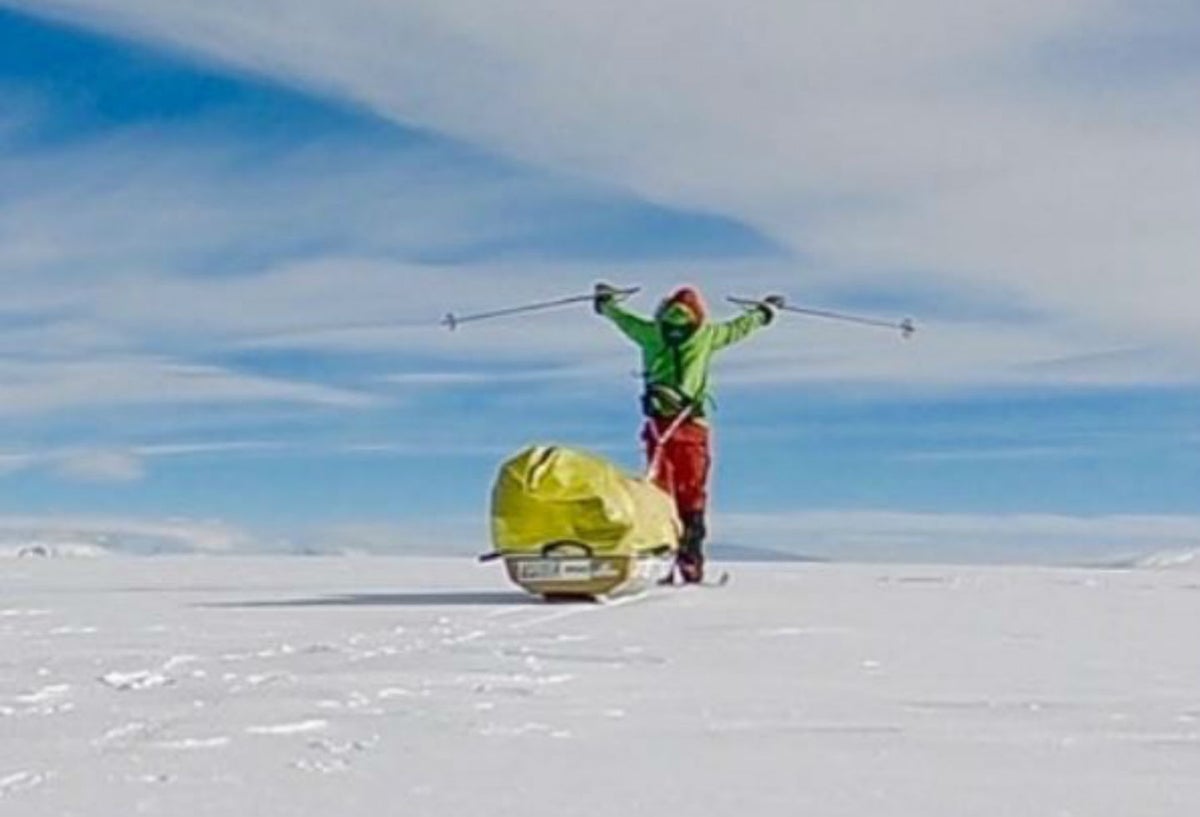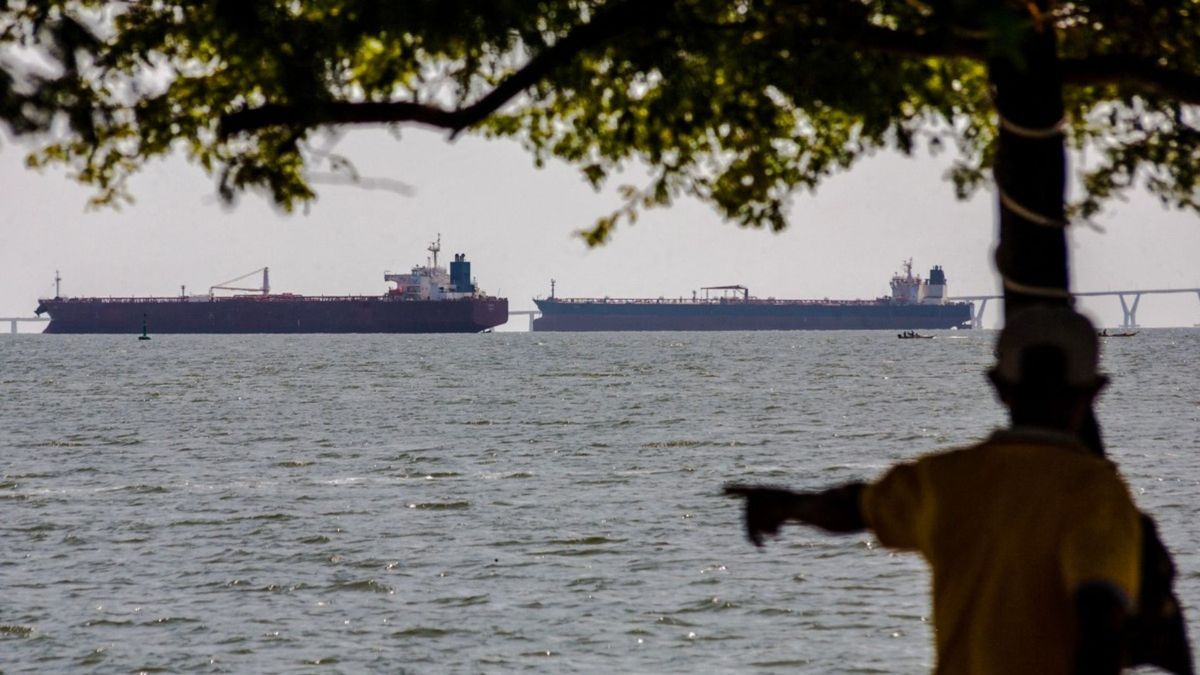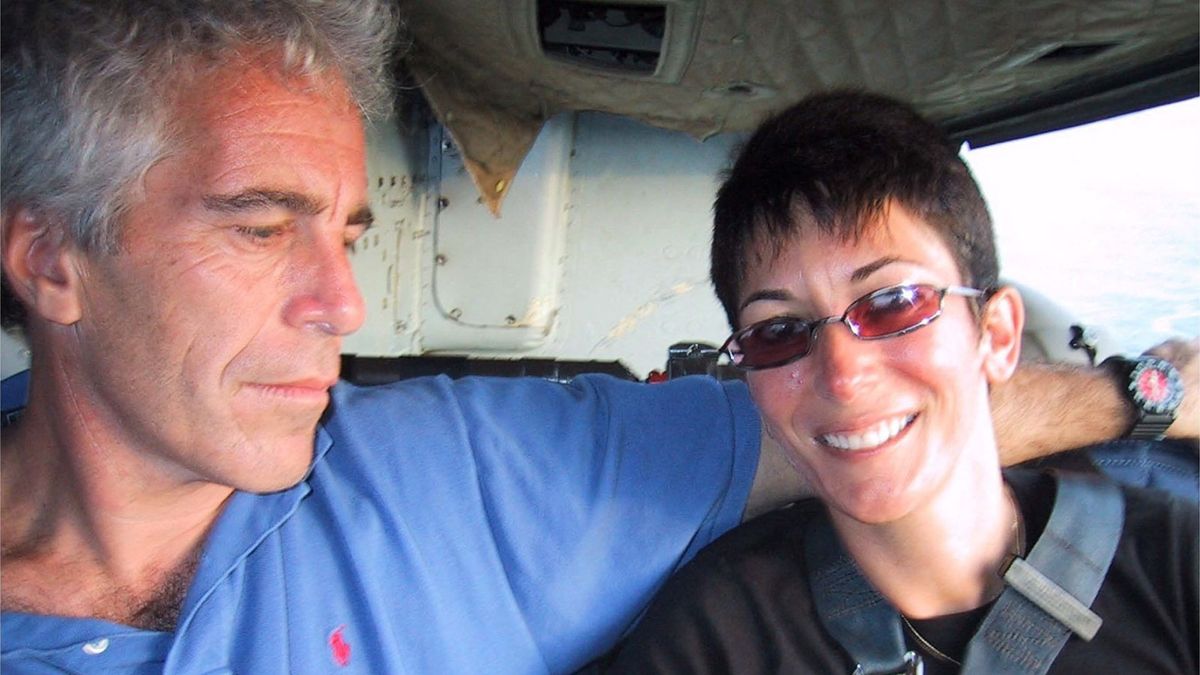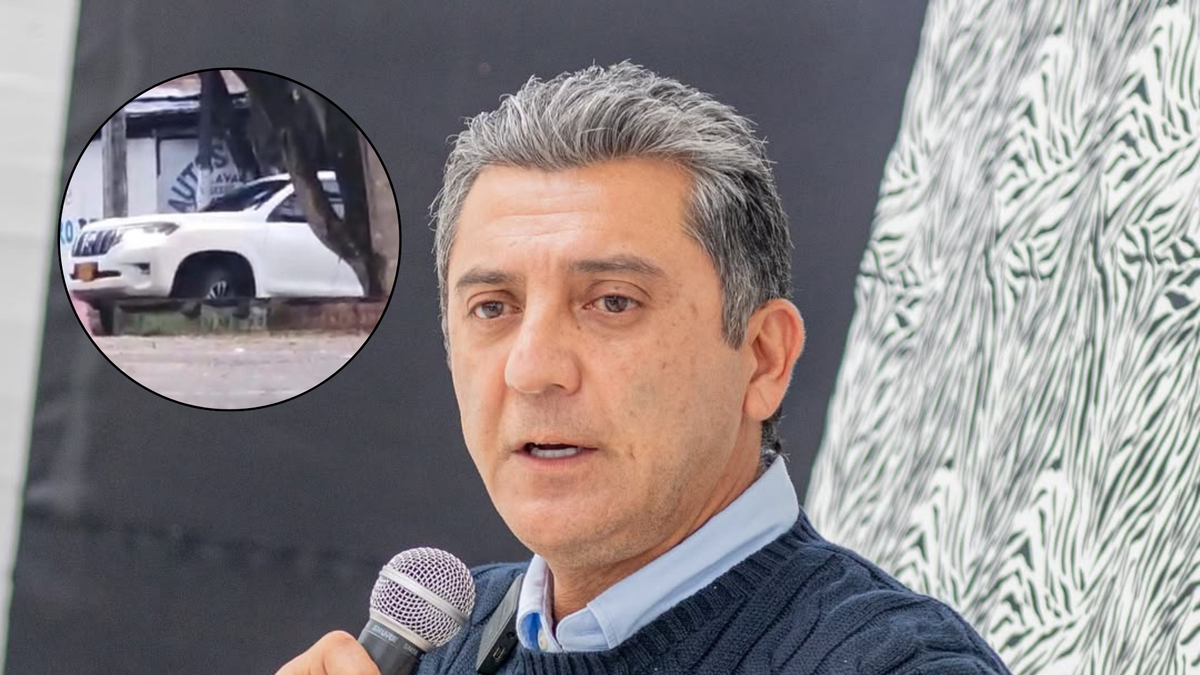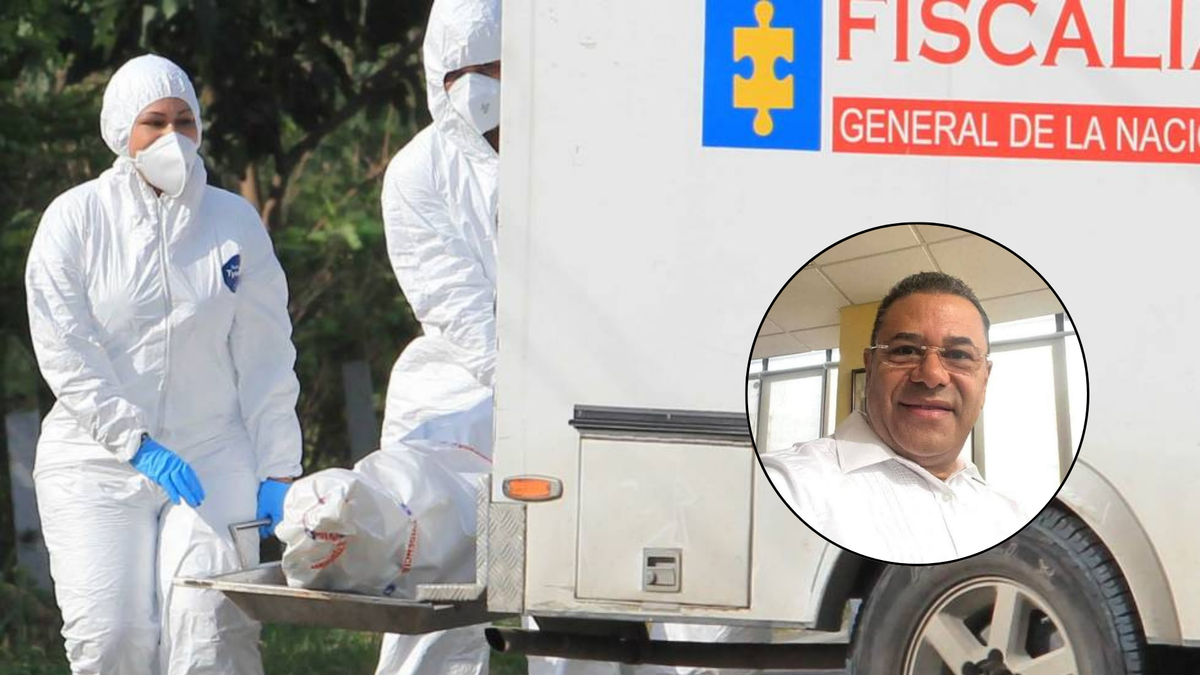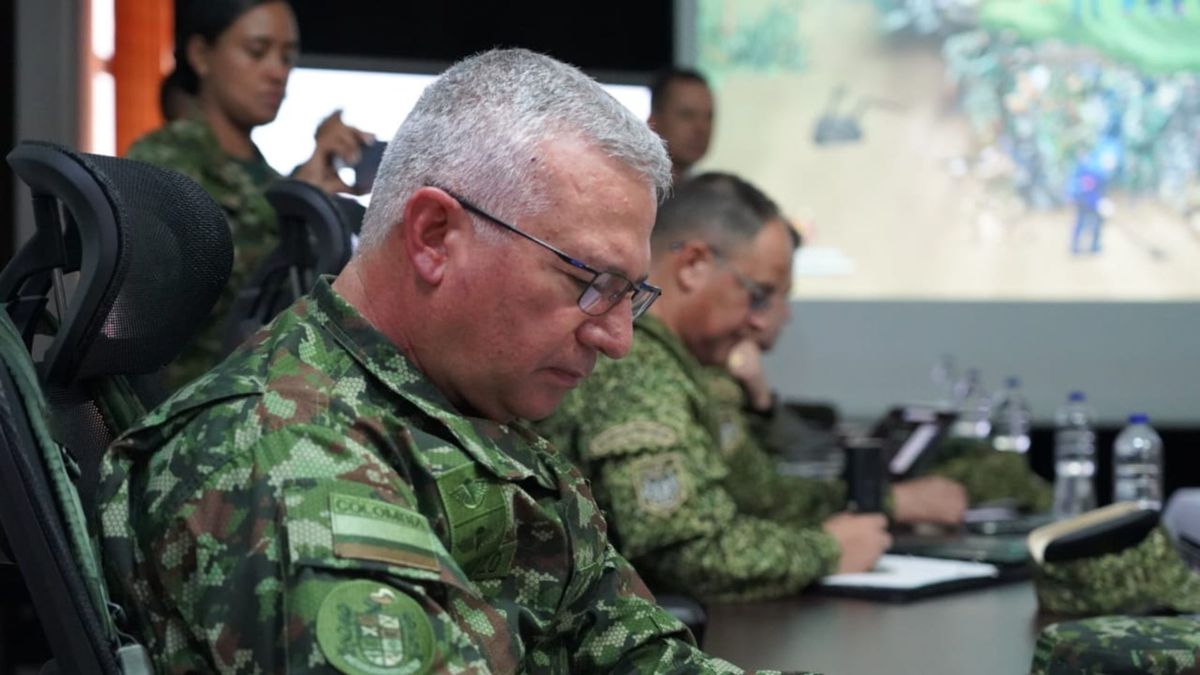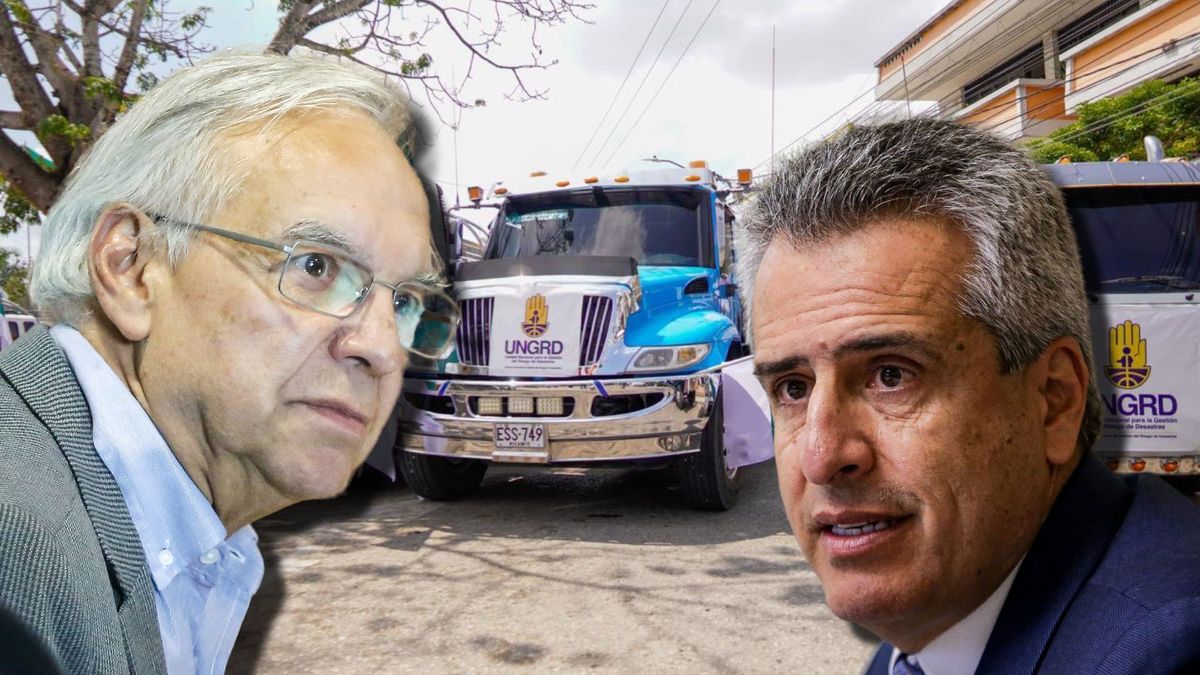El estadounidense Colin O'Brady se convirtió en el primer hombre en cruzar a pie y en solitario la Antártida tras una travesía que le tomó 54 días y 1.500 kilómetros.
O'Brady completó el recorrido tras un último impulso casi ininterrumpido de 32 horas y 124 kilómetros que empezó el día de Navidad.
El estadounidense, de 33 años, inició la travesía el pasado 3 de noviembre en el Campamento Glaciar Unión tras partir días antes de Punta Arenas (Chile).
O'Brady compitió durante la travesía con el capitán del Ejército británico Louis Rudd, de 49 años, que le aventajó durante los primeros días hasta que el 9 de noviembre el estadounidense le rebasó y puso tierra de por medio.
Lea también: NASA descubre un espectacular iceberg rectangular en la Antártida
Rudd todavía sigue en la ruta y podría convertirse en el segundo hombre en completar el reto a pie, en solitario, sin asistencia y sin ayuda del viento.
Antes que ellos lo habían intentado otros, como el exmilitar británico Henry Worsley, que falleció a falta de 200 kilómetros.
O'Brady compartió en Instagram un texto y una fotografía desde la barrera de hielo de Ross, "donde la superficie de la Antártida termina y el océano de hielo empieza".
"Cuando empujé mi trineo a través de esta línea invisible logré mi objetivo: convertirme en la primera persona en la historia en atravesar la Antártida de costa a costa sin apoyo ni ayuda", dijo el estadounidense.
"Si bien -añadió- las últimas 32 horas fueron algunas de las más difíciles de mi vida, honestamente, (también) han sido algunos de los mejores momentos que he experimentado".
"He estado atrapado todo el tiempo en un profundo estado de flujo, enfocado en la meta final, mientras permitía a mi mente contar las profundas lecciones de este viaje. Estoy delirando mientras escribo esto porque aún no he dormido", reconoció.
Leer también: Usted puede ayudar a crear el santuario marino más grande del planeta
Aunque a O'Brady le tomó 1.500 kilómetros completar la travesía que empezó en el Campamento Glaciar Unión y terminó en la barrera de hielo de Ross pasando por el polo sur, esta consta de 1.480 kilómetros.
El estadounidense, natural de Portland (Oregón), tan solo paró medio día -el 29 de noviembre- por problemas con sus esquís.
En su equipaje, O'Brady llevaba un saco de dormir para 40 grados bajo cero, paneles solares portátiles, esquís de fondo, teléfonos satelitales y módems, y un localizador GPS programado con puntos de paso.
Antes de la travesía, O'Brady se sometió a un entrenamiento de pesas con el que ganó seis kilogramos y de resistencia al frío sumergiendo manos y pies en cubos de agua helada.
